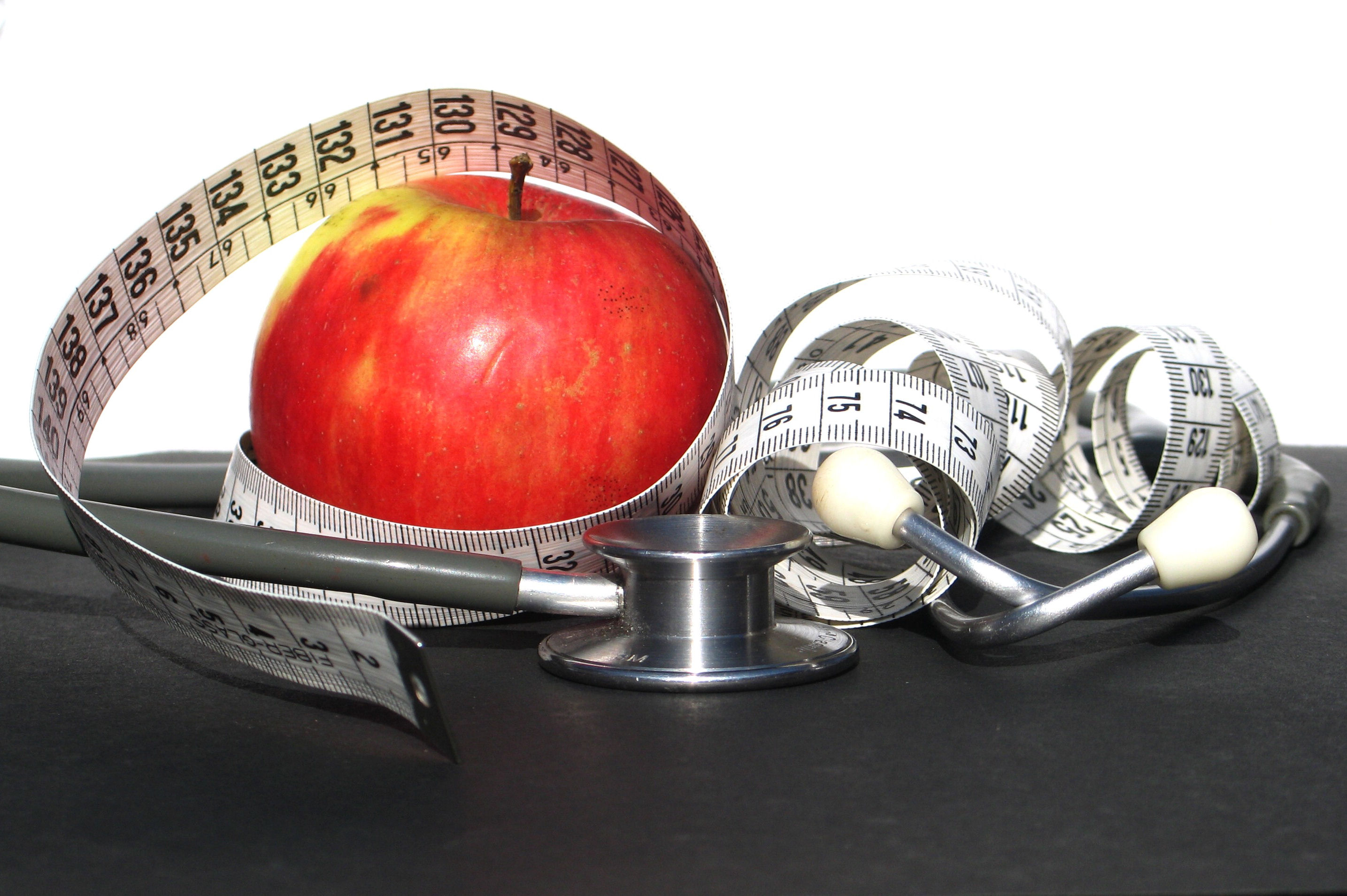





Developing a home fitness routine may seem daunting, even overwhelming, particularly if you are an exercise novice. In a world where “instant” is the norm, particularly in today’s technology world, it is tempting to skip the planning phase, diving into a potentially inappropriate exercise routine and overspending on exercise equipment. Save money, time, and potentially injury by familiarizing yourself with some fitness basics.
Before embarking on any moderate to vigorous exercise routine, it is essential to check with your doctor and possibly schedule a physical, particularly if you have an existing medical condition, such as high blood pressure.
A well-balanced routine includes two main components: cardiovascular activity and strength training. However, stretching post-exercise, while muscles are warm, enhances flexibility and reduces your risk of injury.
Guidelines: If you are not familiar with the exercise recommendations for healthy Americans, this is the place to start. The Centers for Disease Control and Prevention provide age-specific exercise guidelines and lists some of the benefits of exercise based on their 2008 Physical Activity Guidelines for Americans Toolkit.
Assessment: Make goal setting easier by assessing your wants, needs and potential limitations. Determine how much space you have in your home for working out comfortably, outline a budget and make a list of physical activities you currently enjoy or enjoyed as a child.
Goal setting: The information gained from your assessment as well as your fitness goals will help you determine the best picks for your home fitness equipment. Start by setting two to three fitness goals. Ideally, goals should be specific, realistic and measurable. Perhaps you wish to lose weight and/or body fat, tone and strengthen specific muscle groups to improve sports performance or enhance flexibility to ease the pain of tight muscles.
While it is certainly possible to engage in an exercise routine at home without pre-planning, taking the time to plan and self-reflect will help you avoid making costly and potentially dangerous choices. Planning reduces the likelihood that your brand new stationary bike will end up serving as an expensive coat rack.
 follow:
follow: